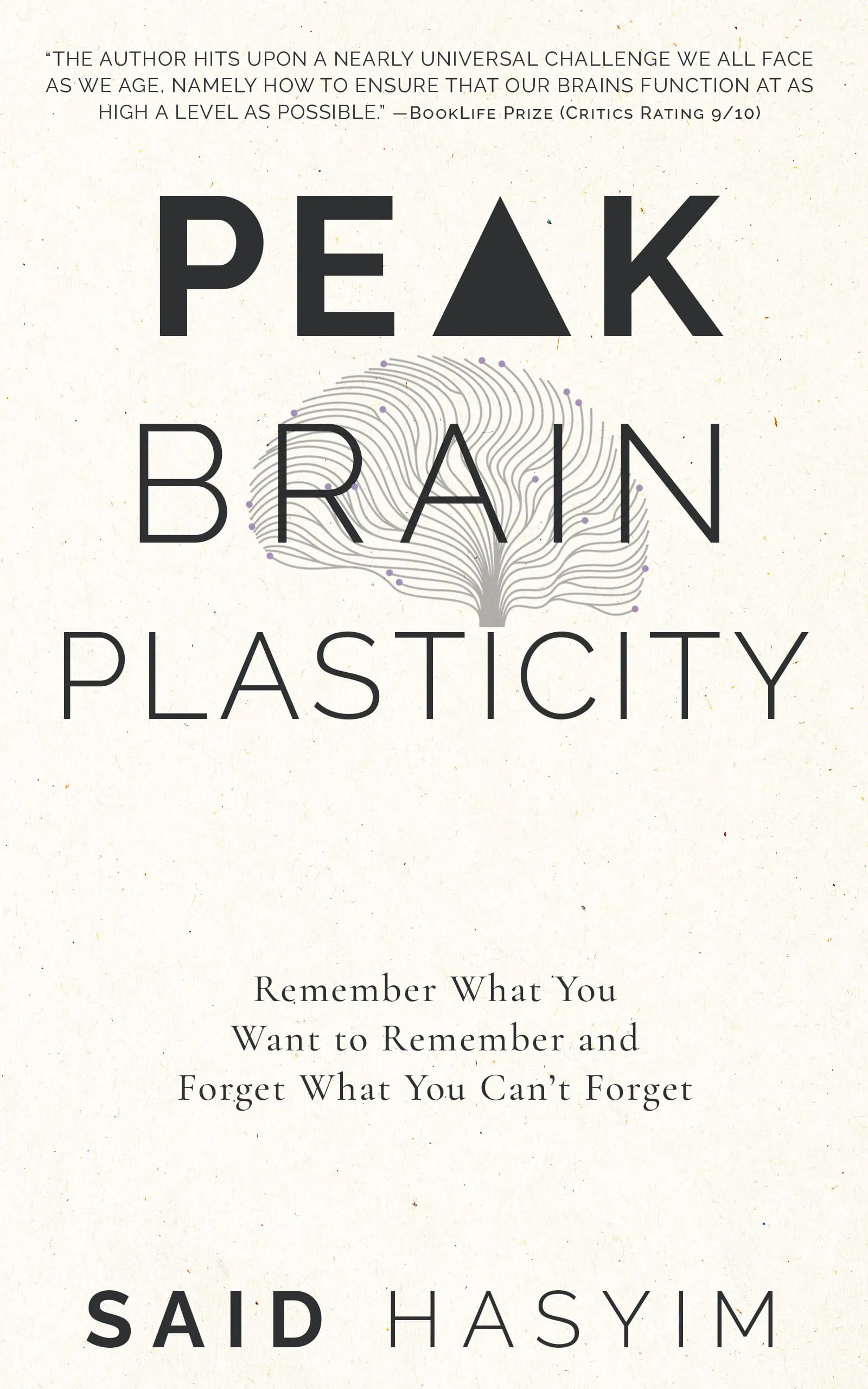Navigating Brain Plasticity for Memory Improvement
Memory is an integral part of human experience, influencing our learning, identity, and daily interactions. Understanding how to navigate brain plasticity, the brain's ability to change and adapt, can enhance our memory capabilities. This blog post explores the mechanisms of brain plasticity, its impact on memory, and practical strategies to improve memory through harnessing this remarkable feature of our brains.
Understanding Brain Plasticity
What is Brain Plasticity?
Brain plasticity, also known as neuroplasticity, refers to the brain's ability to reorganize itself by forming new neural connections. This capacity for change allows us to learn new skills, adapt to new environments, and recover from injuries. Neuroplasticity occurs on a cellular level through the strengthening and weakening of synaptic connections, and it can take place in various forms:
- Structural Plasticity: Changes in the physical structure of the brain, such as the growth of new neurons and the formation of new synapses.
- Functional Plasticity: The brain’s ability to transfer functions from damaged areas to undamaged areas. For example, if one part of the brain is injured, another area might take over that function.
The Role of Neurotransmitters
Neurotransmitters, the chemicals that transmit signals in the brain, play a crucial role in neuroplasticity and memory formation. Two key neurotransmitters involved in this process are glutamate and GABA (gamma-aminobutyric acid). Glutamate is associated with learning and memory, while GABA helps balance excitatory signals, promoting a healthy environment for learning.
Memory Functions of the Brain
Memory itself isn't localized to one specific area of the brain; instead, it involves a network of brain regions. The hippocampus, a small seahorse-shaped structure located in the temporal lobe, is essential for forming new memories. The prefrontal cortex plays a significant role in working memory and executive functions. Additionally, other regions, such as the amygdala (involved in emotional memories) and cerebellum (concerning motor skills), are also vital for memory processing.
The Connection Between Brain Plasticity and Memory
Neuroplasticity facilitates the formation and retrieval of memories by adapting the neural pathways based on experiences. When we learn, specific synapses are strengthened, making it easier to recall information later. Conversely, unused pathways may weaken, highlighting the necessity of engagement and practice in memory retention.
Factors Influencing Brain Plasticity
Several factors can influence brain plasticity, including:
- Age: Children exhibit higher neuroplasticity, which gradually decreases with age, yet adults can still experience significant changes with the right stimulation.
- Environment: Stimulating environments that challenge the brain promote plasticity. Conversely, a lack of mental challenges can lead to cognitive decline.
- Exercise: Physical activity increases blood flow to the brain and promotes the release of growth factors that enhance synaptic plasticity.
- Sleep: Sleep plays a critical role in memory consolidation and brain plasticity. During deep sleep, the brain processes and enhances memories from the day.
Practical Strategies to Improve Memory Through Brain Plasticity
1. Engage in Lifelong Learning
Continuously learning new information or skills promotes neuroplasticity. Consider pursuing hobbies that challenge your cognitive abilities, such as:
- Learning a new language
- Playing a musical instrument
- Engaging in puzzle-solving activities
2. Physical Exercise
Exercise isn’t just beneficial for physical health; it’s crucial for brain health as well. Regular aerobic exercise has been shown to increase the volume of the hippocampus, enhancing memory and learning. Aim for at least 150 minutes of moderate aerobic exercise per week. Incorporate activities like:
- Brisk walking
- Swimming
- Dancing
3. Mindfulness and Meditation
Mindfulness practices, including meditation and yoga, can bolster attention and memory. Studies indicate that individuals who practice mindfulness may have increased gray matter density in areas of the brain associated with memory and emotional regulation. Start with short sessions and gradually increase the duration, focusing on your breath and clearing your mind.
4. Prioritize Sleep
Good sleep hygiene is paramount for memory consolidation. Aim for 7-9 hours of quality sleep each night. Establish a consistent sleep schedule, create a relaxing bedtime routine, and limit screen time before bed. Consider incorporating relaxation techniques to improve sleep quality.
5. Social Connections
Engaging in social activities stimulates cognitive functioning and memory. Maintain relationships with family and friends, participate in group activities, and seek opportunities for social engagement. Social interaction not only boosts mental health but also reinforces learning through shared experiences and conversations.
6. Nutrition
A brain-healthy diet can enhance neuroplasticity. Consider incorporating foods rich in omega-3 fatty acids (found in fish, flaxseeds, and walnuts), antioxidants (fruits and vegetables), and whole grains. Hydration is also crucial for optimal brain function, so ensure you’re drinking enough water throughout the day.
7. Challenge Your Memory
Use techniques like the method of loci (memory palace) or mnemonic devices to enhance memory retrieval. Consistently challenging your memory through activities such as trivia games, memory exercises, or studying new subjects can strengthen neural pathways associated with memory.
Conclusion
Brain plasticity offers a powerful tool for improving memory. By understanding how our brains adapt and change, we can adopt practices that encourage neuroplasticity, ultimately enhancing our memory capabilities. Engaging in lifelong learning, physical exercise, mindfulness, sleep optimization, social connections, nutritious eating, and memory challenges can all contribute to a more flexible, resilient brain. Start making small changes today, and embark on a journey toward better memory and cognitive health. Remember, it's never too late to learn and grow; your brain is always capable of change!
Harness the Power of Neuroplasticity
Discover Peak Brain Plasticity, a practical book to harnessing neuroplasticity. Enhance your memory, learn new languages quickly, and alleviate anxiety with effective study methods. Uncover daily habits that impact cognitive health and explore techniques for accelerated learning and memory retention. Unlock your brain's potential for growth and transformation.
